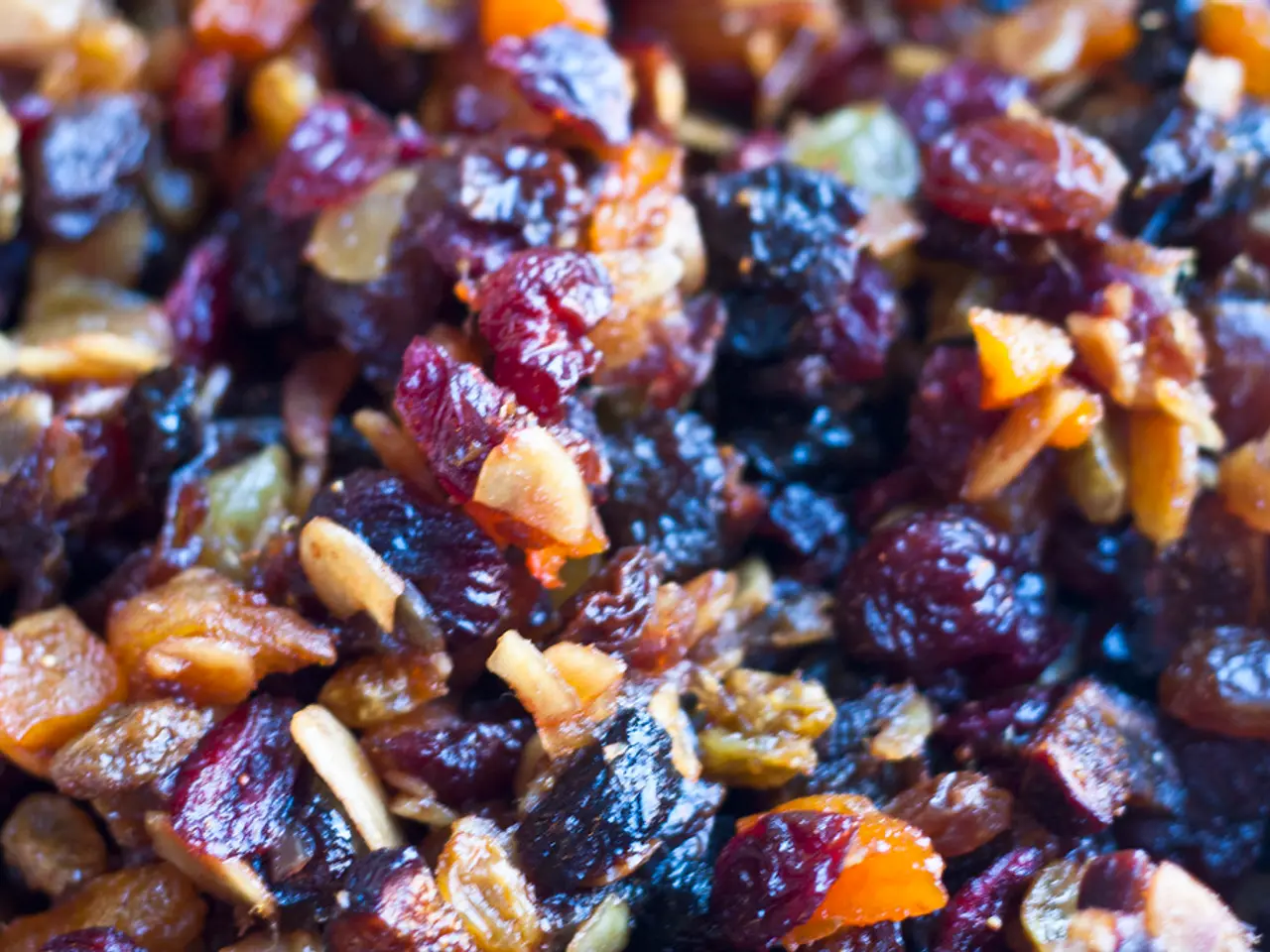Readiness for Unexpected Scenarios or Crises
In the event of an emergency on a farm or garden, quick and effective action is crucial. Here are some key steps to ensure safety and minimise the impact of such events.
Assign a Designated Leader
A specific person should be assigned to call for help, providing the location, condition of the rescue site, and details about the emergency incident. It's important to stay calm to prevent further confusion and injury.
Develop an Emergency Plan
Creating a Farm Emergency Plan is essential. This plan should include contact information for personnel, emergency and veterinary services, and protocols for responding to emergencies such as power outages. A detailed farm map showing livestock and hazardous materials should also be included to assist first responders.
Keep Up-to-Date Records
Keeping accurate records and documentation, such as insurance policies, crop and production records, receipts, and detailed livestock inventories with photos and permanent identification, are crucial for insurance claims and recovery efforts after disasters.
Identify On-site Hazards
Identifying likely on-site hazards such as chemicals, equipment, livestock, etc., is necessary. Understanding the tasks to be performed and the safest way to complete them is important.
Recognise and Maintain Personal Protective Equipment (PPE)
Personal protective equipment (PPE) should be recognised when needed and maintained. A well-stocked first aid kit should be readily available at all times.
Provide First Aid
Provide emergency first aid, including restoring breathing and circulation, applying pressure to lacerations and open wounds, and administering additional first-aid treatments.
Stay Informed and Prepared
Keeping track of all potentially hazardous materials is necessary. Regularly reviewing biosecurity plans with family and staff ensures everyone is informed and prepared. Staying informed through weather forecasts and warnings is essential to maintain preparedness.
Resources for Preparation
Iowa State University's Center for Food Security & Public Health provides resources to help rural communities prepare for disasters and other hazards. The American Red Cross also recommends planning and preparing for all hazards. Taking classes to learn first aid and CPR is also recommended.
Reference List
- prep4agthreats.org/All-Hazard-Preparedness/index.php
- redcross.org/prepare
This article has been reviewed by Kent McGuire, CFAES Safety and Health Coordinator, Food, Agricultural and Biological Engineering.
- In implementing a comprehensive health-and-wellness strategy for livestock, incorporating scientific research and innovative methods can improve their fitness-and-exercise routines, leading to increased productivity and overall well-being.
- To further enhance the health-and-wellness of rural communities, regular workshops and seminars based on science and focused on health, exercise, and safety best practices for livestock care can be organized, with resources available from institutions like Iowa State University's Center for Food Security & Public Health.




